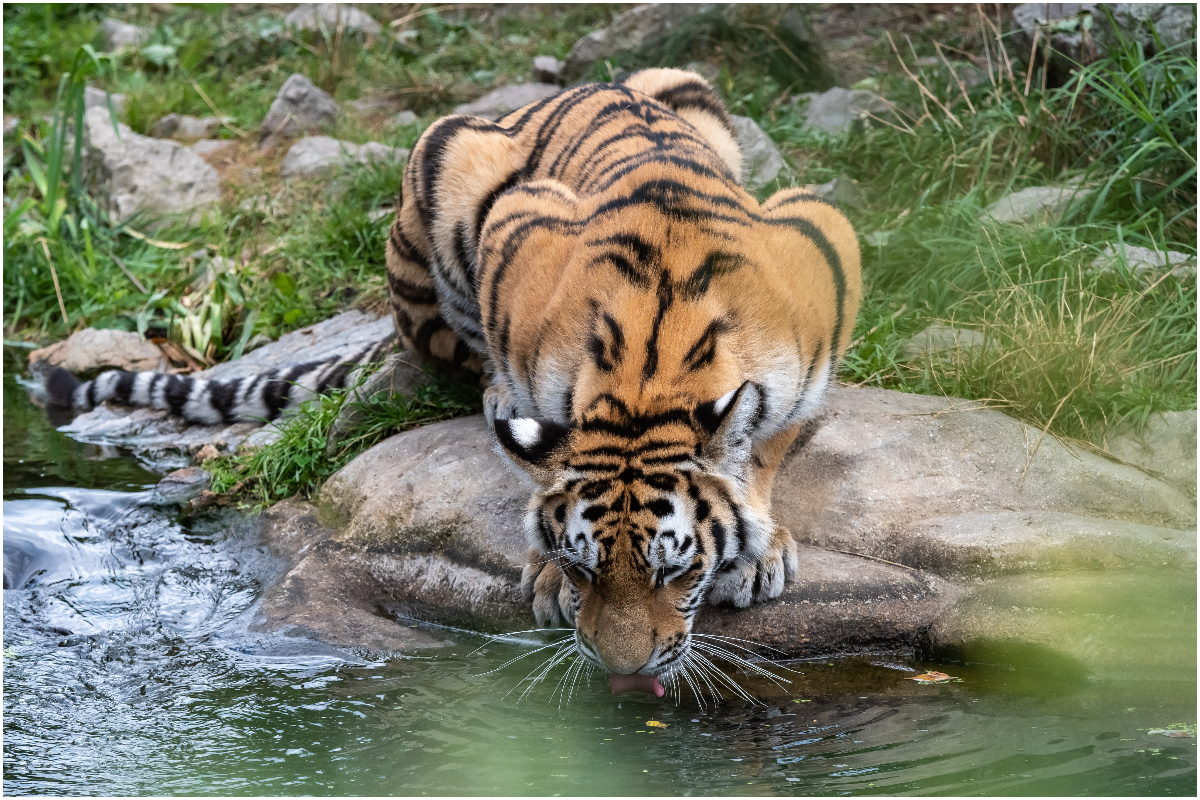Haiti’s capital city taken hostage by violent gangs
Residents of this bustling city have a mental map that divides it...

After 85 years, the bones of the last thylacine were found in a closet
The thylacine at Hobart Zoo passed away in captivity in 1936, and its body was sent to a nearby museum.
But the fate of its skin and skeleton after that has remained a mystery.
The remains were thought to have been thrown out when the Tasmanian Museum and Art Gallery lost sight of them.
They were always at the museum, kept but not properly catalogued, according to recent research.
According to Robert Paddle, who wrote a book about the extinction of the species in 2000, “many museum curators and researchers searched for its remnants for years without success, as no thylacine material dating from 1936 had been recorded.”
“It was believed that its body had been dumped.”
However, he and one of the curators of the museum discovered an unpublished taxidermist’s report, which prompted an analysis of the museum’s holdings.
In a cabinet in the museum’s education division, they discovered the missing female specimen.
The curator, Kathryn Medlock, informed the Australian Broadcasting Corporation that although it had been displayed as a travelling exhibit throughout Australia, no one had realised it was the last thylacine.
She explained, “It was selected because it was the greatest skin in the collection.
They believed there were creatures in the jungle at the time.
The skeleton and skin are currently on display in the Hobart museum.
The populations of Tasmanian tigers, which were formerly thought to have roamed all of Australia, have decreased as a result of human and dingo interference.
The marsupial was eventually restricted to Tasmania, where it was eventually hunted to extinction.
Catch all the Business News, Breaking News Event and Latest News Updates on The BOL News
Download The BOL News App to get the Daily News Update & Live News.